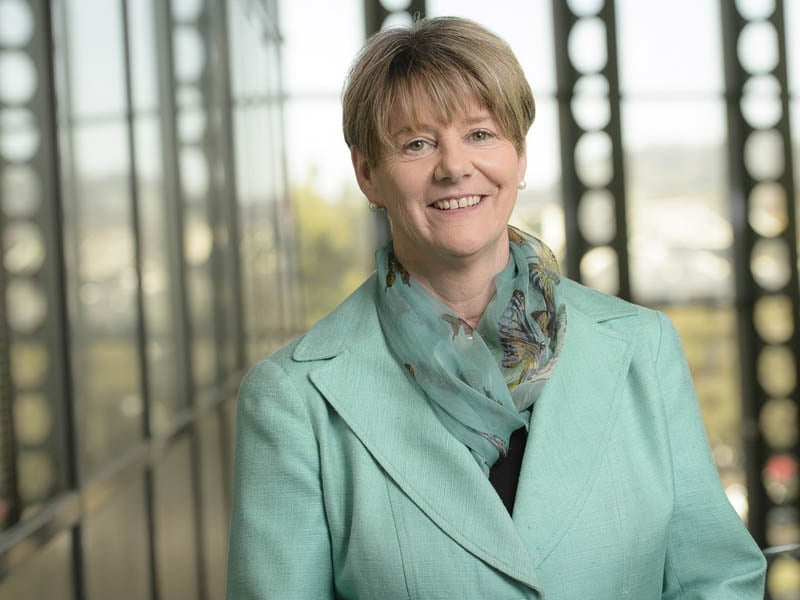Australia’s number one generator of intellectual property by patent applications in 2017 was poker machine king Aristocrat Technologies.
The gambling technology outfit’s quest to find fresh ways to relieve pokie players of their dough, crushed the patent application efforts of CSIRO by a factor of more than three.
According to IP Australia’s Intellectual Property Report 2018, Aristocrat topped the list of Australian organisations applying for standard patents in 2017 with 157 applications.

CSIRO came in second with 45 applications with the University of Queensland running third with 18 applications.
In an indictment of the intellectual property generation abilities of traditional Australian industry, the giant BlueScope Steel tied with Monash University for fourth with 15 patent applications apiece.
International applicants for standard Australian patents creamed the locals. Oil giant Halliburton Energy Services topped the list with 392 patent applications while US semiconductor and telecommunications equipment maker Qualcomm came second with 264 applications and South Korean tech giant Samsung Electronics came third with 191 applications.
The top three internationals’ combined total beat out the top five Australian organisations’ overall tally by 847 applications to 250 applications.
“People get very fixated on the figures whereby Australians are only filing between six and eight percent of total patents in Australia,” said IP Australia’s Director General, Patricia Kelly.
“That’s not such a bad thing because we produce about three percent of the world’s research output so you would expect that the vast majority of knowledge is created overseas so you would expect the vast majority of patents to come from overseas.
“However its is true we are not a top performing country in terms of domestic patent filings and that’s particularly compared to our relative strength in the research paper and citation area.
“If you compare us to countries like Israel, Germany and Korea … we perform relatively poorly in turning our research into patents.
“That is something the government has focussed on over a number of years – trying to improve our commercialisation outcomes,” Ms Kelly said.
As well as being poor at turning research into IP, Australian business is also laggard at investing in R&D compared to other OECD nations.
The recent Innovation and Science Australia 2030 Strategy paper underscored the problems with R&D investment in Australia. The report highlighted an OECD chart that compared national R&D expenditure as a percentage of GDP for 2015.
While government expenditure on R&D at 0.9 per cent of GDP put us on equal top ranking with OECD nations Korea, Germany and Singapore, the level of business R&D investment was comparatively poor with Australia ranked ninth with a figure of one per cent of GDP. This was less than a third of Israel and half of that ploughed in by US business.
The IP Australia report found that overall standard patent applications by Australian residents dropped in 2017 by four percent over 2016 levels with 2503 applications being made in 2017.
In a time when IP generation has become more and more critical to a nation’s fortunes, this is a disturbing result. Perhaps the Federal government should dust off the old ‘Ideas Boom’ campaign.
By contrast, US origin applications here rose four per cent from 12909 in 2016 to 13388 in 2017 and UK origin applications went up six per cent in 2017.
Responding to the drop in patent filings from Australian residents in 2017, Ms Kelly said domestic patent applications did go up and down but that overall they were on a “small, but steady growth trajectory in recent years.”
She said the university sector was relatively more important in Australia for patent generation compared to other countries, which is borne out by universities locking in two of the top five domestic patent application positions.
Perhaps part of the answer to lifting Australia’s patent production lies in how public funding is structured within the ARC orbit, especially when it comes business collaboration with ARCs.
The IP Australia report presents analysis that indicates “public funding of research has a positive and statistically significant impact on patent production, with the impact being stronger for collaborative grants.”
“While additional ARC funding is associated with more patent applications across all grant types, the results are driven by the collaborative grants where an increase in funding of $1 million leads to an increase of three PCT and six provisional applications and delivers a significantly higher patent increase than non-collaborative grants,” the report says.
The local IP generation news was better in the area of design rights, as used by the likes of the local fashion industry to protect new designs.
Domestic design right applications increased from 2751 in 2016 to 2854 in 2017.
In trademarks, local activity fell off slightly with resident applications dropping from 47053 in 2016 to 46352 in 2017.
Do you know more? Contact James Riley via Email.

